Water-based printing inks for green packaging have been used for printing on the surface of absorbent materials on webs for more than a decade. The use of modern technology will be domestically produced high-performance additives and pure natural resin - rosin directly formed and introduced into the ink system, so that the ink used in flexible packaging plastic film, plastic textile bags, calcium plastic carton, leather and other materials printing and non-absorbent materials Printing on the surface becomes a reality. When printing, the traditional ink manufacturing process and technical indicators of the same use at home and abroad are slightly different, but the principle of printing and packaging is the same.
According to the two major categories of liquid and paste inks with different colorants, auxiliary binders, fillers and auxiliary substances, certain fluidity and fluidity, the following three classification methods are applied:
According to the printing plate classification, there are flexible letterpress inks, gravure printing inks, and stencil printing inks and roll coating inks.
According to the main ink classification, there are web and cardboard printing inks, alcohol-soluble printing inks and water-based printing inks.
According to ink use classification, there are paper printing ink, plastic ink and so on.
In short, pure green packaging printing ink is an industrial product for packaging products and can be used for printing newspapers, magazines, food, packaging printing and decoration. Although paper, plastic, leather, etc. can be printed with green ink, due to the late start, there are many defects in the application method. For this reason, according to the methods outlined in the past few years, and the prevention and resolution of failures, the author provides reference for packaging colleagues.
In colloid chemistry, the property of reducing the surface tension of a solvent is called surface activity, and the substance that can lower the surface tension of a solvent is called a surface active material. According to this theory, Rosin Soap can be used as a surfactant, coupled with experimental data on the compatibility of rosin and non-polar polyalkenes at high temperatures, which significantly changes the interfacial tension of the system, eliminating the need for corona Treatment has a firm adhesion.
In the daily packaging and printing business, green packaging inks are relatively thin, and are mostly used in operations such as flexible rotary printing, rotogravure, rotary screen printing, and single-ply pneumatic diaphragm pumps for water-soluble printing paperboards. To overcome the ink delamination and often, winter ink jelly and thickening that affect the normal packaging printing, we added a network structure to the components of the ink and can contain -OH hydrophilic alcohol-based ions in the crystal lattice. The state-of-the-art inorganic and organic high-efficiency dispersion materials enhance the vicious circle of anti-electrolyte and stabilize the ink. Although it is sometimes referred to as Lianlian, because the quality of ink, printing materials, operator skills and other factors lead to failure, it will be difficult to distinguish one hour and a half. Therefore, the above situation is summarized as fault-phenomenon-cause- Remedy. We look forward to feedback from industry colleagues on timely feedback to break through the regional and system boundaries to improve green packaging and printing ink formulation and process design to create a brilliant future.
Common ink failures and solutions:
1. Blurred graphics
The printing ink layer is light, and the strokes of the picture and text are not clear; the ink volume is small, the ink is hard, the printing pressure is small, the transfer rate and adhesiveness of the ink are poor, and the black ink is even condensed in the printing process, which is difficult to operate and the surface of the printing material is rough.
Solution: Adjust the amount of ink and viscoelasticity, adhesion fastness, improve the printing speed, reduce the printing pressure, increase the viscosity of the ink, add high-efficiency ultra-disperse additives in the ink to improve the ink transfer rate, adjust the printing pressure and select the smooth surface Material, dilute ink viscosity, increase ink drying speed.
2. Crushing and smearing
Imprinting results in ink prints, large print pressures, poor layout flexibility, or denaturation and unevenness of the press roll.
Solution: Adjust the ink dry speed or reduce the amount of ink, reduce the pressure of the roller, must change the flexo and calibration pressure roller.
3. Dirty and bite
The back of the print is stained with dirty ink or overprinted on the previous ink, or the ink on the transfer belt of the embossing roller is transferred to the next substrate; in the ink, the dryness is too slow, and the second color is easy to stick out of the first color. The surface of the conveyor belt is not clean or swollen, the printing pressure is too high, the machine speed is too fast, and the thickness of both sides of the printing material is inconsistent or the rolling tension is not uniform.
Solution: Increase the initial dryness of the ink, increase the proportion of lubricating anti-adhesive agent and in the ink, add a quick-drying solvent or oil to increase the hot or cold blow or slow down the printing speed and extend the printing stroke, choose absorbency or Surface roughening of the treated material improves the surface absorption of the substrate, and attention should be paid to the stacking of printed materials not too high or too heavy.
4. Ink splash
In the printing shop there are ink dots or ink droplets of different sizes. The ink has a large yield value, high viscosity, ink layer thickness and ink film separation is too long or ink is too thin, the printing speed is too fast, the ink viscosity is too small and does not antistatic, poor precision of the printing press, ink roller deformation or surface Damage can cause ink splashes.
Solution: Replace the ink roller, reduce the viscosity of the ink and reduce the drawing length and fluidity, reduce the supply, high-speed ink viscosity, slow down the printing speed, adjust the temperature and humidity of the workshop, replace the ink roller and repair equipment or add antistatic facilities And materials.
5. Plate, ink roller sticky and scratches
Plates and rollers are stained by ink on the printed material; ink is too small and has a high viscosity; impurities in the ink; ink drying is too fast or too slow; plating on the plates and rollers is worn, hardness is not enough, or The pattern is too deep, and dust such as paper and plastic increases.
Solution: Replace the double-sided tape, adjust the pressure, adjust the angle between the blade and the roller, reduce the amount of ink or replace the ink, increase the speed of the oil, repair the version and roller, re-glazing chrome, prevent paper, plastic and other powder dust Fall off.
6. Poor adhesion and smearing
Printed products are easily wiped off. The surfaces of paper and plastic materials are too smooth and dense. Slow-drying inks should not be used. Insufficient ink resin content, poor surface treatment, and temporary dryness and floating on the surface of printing materials are easily wipe.
Solution: Improve ink type, adjust ink suitability, process printing materials, use ink with high viscosity and high ink density, increase printing pressure, reduce thickness of ink film, reduce printing speed, and use high-efficiency additives and viscosity-increasing inks. Replace the solvents or oils that affect the dryness of the ink, and change the ink oil or dilution ink according to the ink's suitability.
7. Residual irritating odor
The proportion of methanol in the ink is too large and is accompanied by odoriferous solvents or oils.
Solution: Use as little ink as possible or do not use solvents or oils that are irritating or harmful to human health. Replace inks or replace solvents and oils.
8. Inaccurate shades and ink deposits
The color becomes lighter and discolored, producing a paste plate, the quality does not match the sample, the affinity of the pigment, the filler and the binder is poor, and the storage is coagulated or severely stratified. This is because the stirring was not sufficient before use.
Solution: In the storage period, the ink should be stored in a cool, dry and cool place. The color tone should be adjusted as close to the hue of the sample as possible. You can also add 1%-3% white ink to the ink, or increase the filler to increase the coverage. force.
9. Pinhole and skid
Chemical pinholes and mechanical pinholes appear in printed images; spotting occurs in full-page printing, ink overflows during the printing process and large amounts of foam appear.
Solution: When the viscosity of the ink is too low, the proportion of new ink or resin must be changed to increase the viscosity, increase the flowability, increase the printing speed, and add a clouding agent and a plasticized defoamer when the foam appears, and eliminate the foam. For shallow patterns, 25-30um is appropriate.
10. Embedded plate and orange peel
Ink viscosity, many impurities, fast drying, solubility is not balanced, ink is not level, resulting in water lines and orange peel appearance, ink residue and dry knot in the print pit, poor printing gloss, too light, thixotropy leveling Poor performance due to poor affinity between the plate cylinder and paper, plastics, etc., auxiliaries are not suitable for slow printing speeds and electrostatic effects.
Solution: The printing speed is adjusted to: high speed is about 0.012 seconds, medium speed is about 0.055 seconds, low speed is 0.09 seconds, single sheet is 0.012 seconds; hot air or cold wind blowing angle is 90 degrees, direct blowing or improved ventilation, additives Solvent to achieve solubility of solvents or oils and inks; replace ink auxiliaries, reduce static electricity, and adjust darkness as much as possible.
3-Step Knife Sharpening System: With our incredible 3-slot system, we`re revolutionizing the art of knife sharpening! The 1st diamond sharpening rod repairs and straightens damaged blades before the 2nd slot sharpens to restore its V-shape. Finally, the 3rd slot fine tunes for a clean polish.
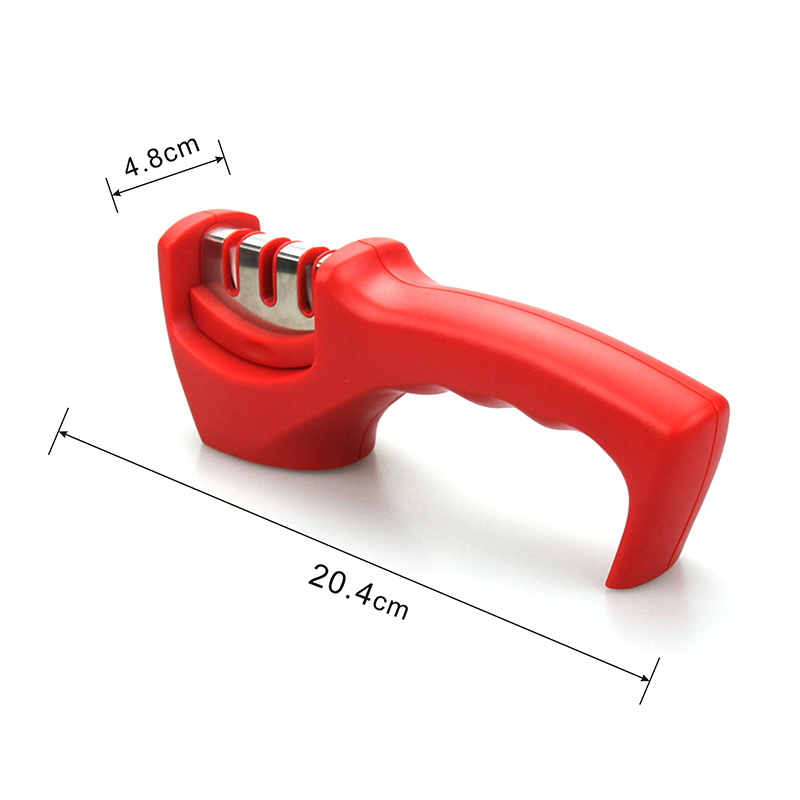
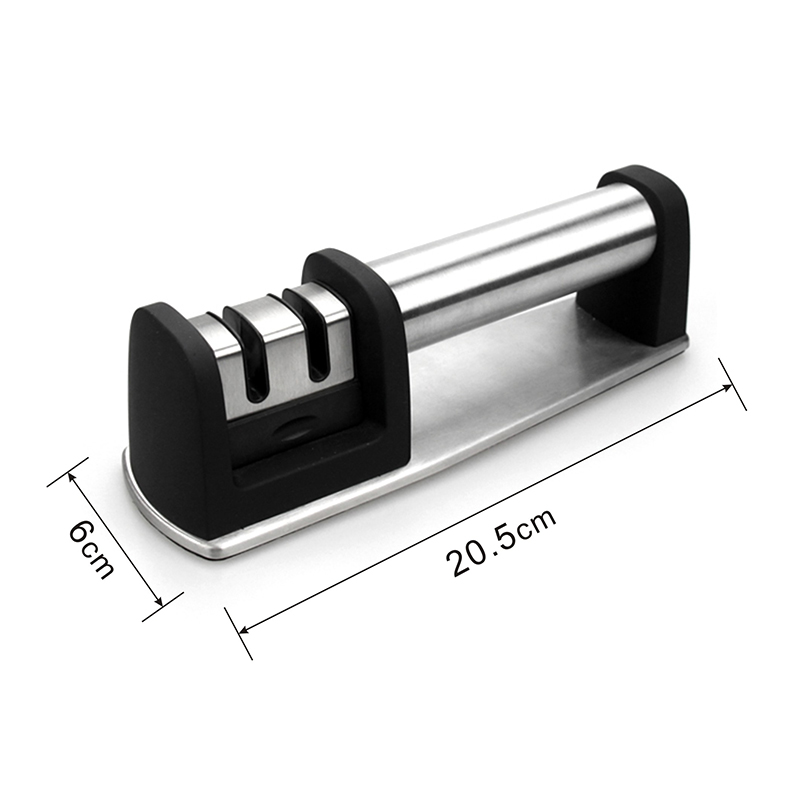
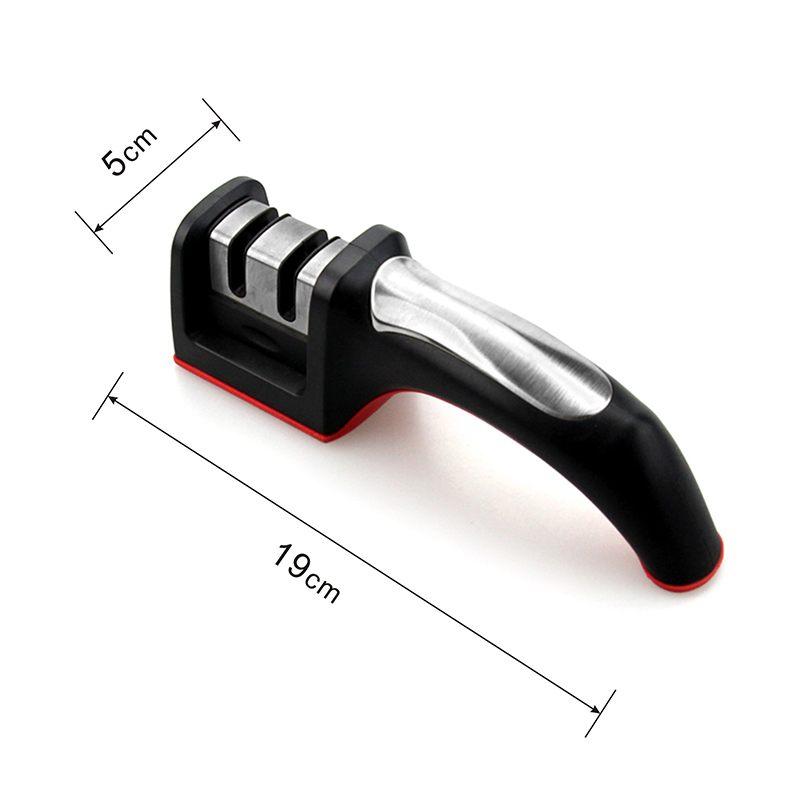
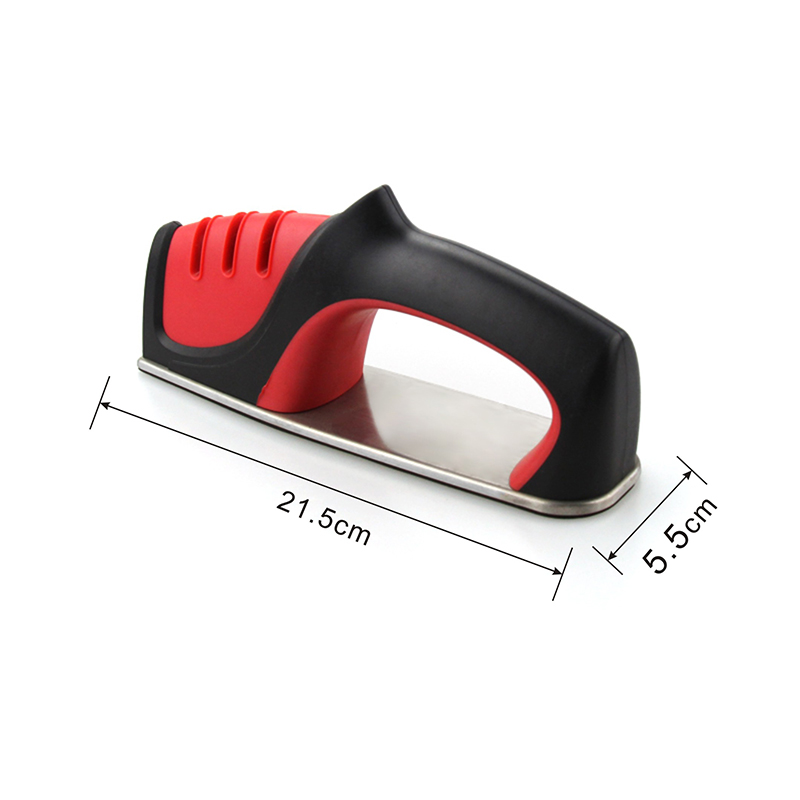
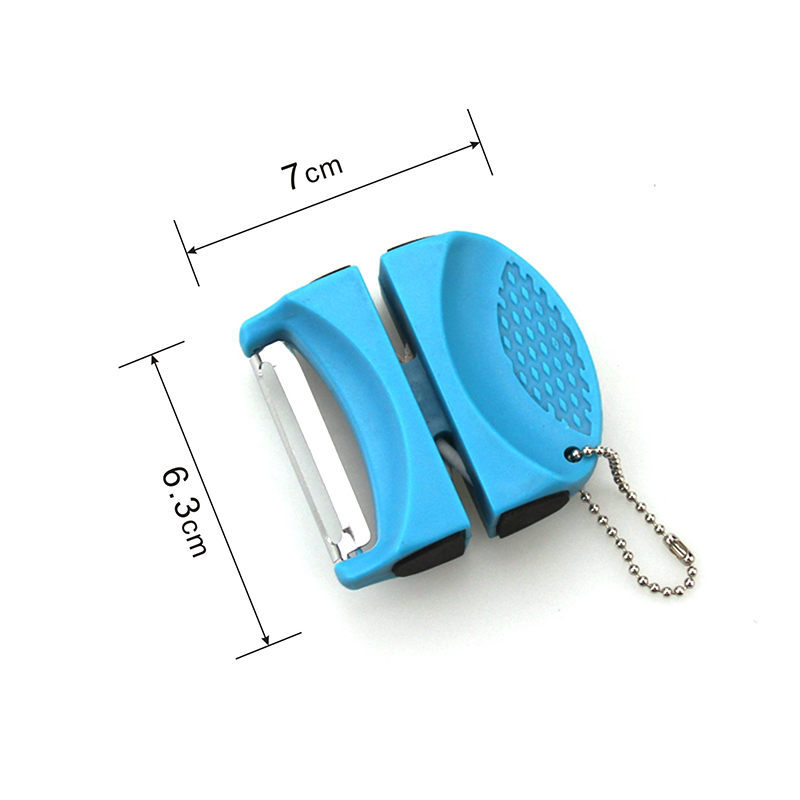
Knife Sharpener
Knife Sharpener,Hand Held Sharpener,Steel Knife Sharpener,Ceramic Knife Sharpener
YANGJIANG TOALLWIN TRADING CO., LTD , http://www.toallwin.com